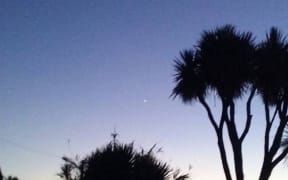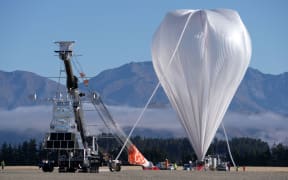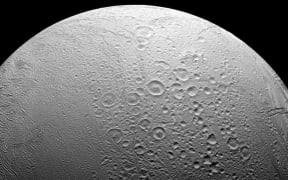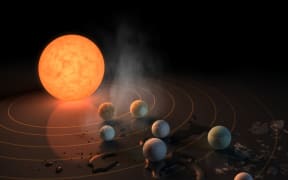NASA's Cassini space probe has dived through the narrow gap between Saturn and its icy rings overnight to take its first pictures of the planet.
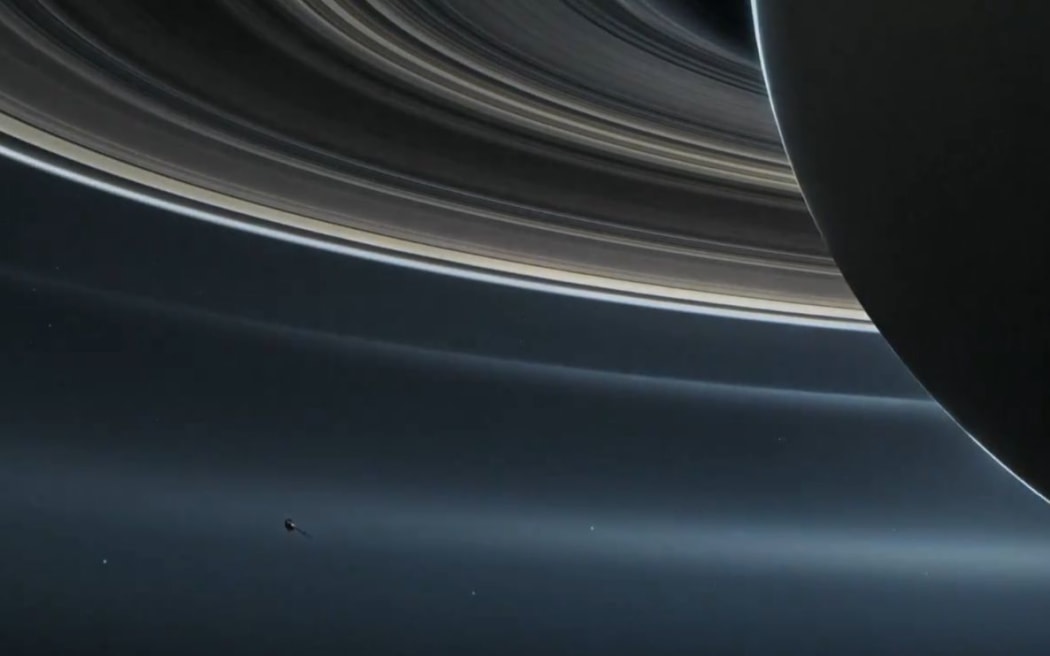
A NASA mock-up of the Cassini space probe flying close to Saturn. Photo: NASA
The probe re-established contact with Earth to send back the images after the first of 22 such dives.
The BBC's Rebecca Morelle said that to the untrained eye the pictures look scratchy, but they are the closest images ever taken of Saturn.
"There is a fabulous picture of a hurricane system, and it does look a bit like the hurricanes you see on earth - but this one's enormous and it's on Saturn.
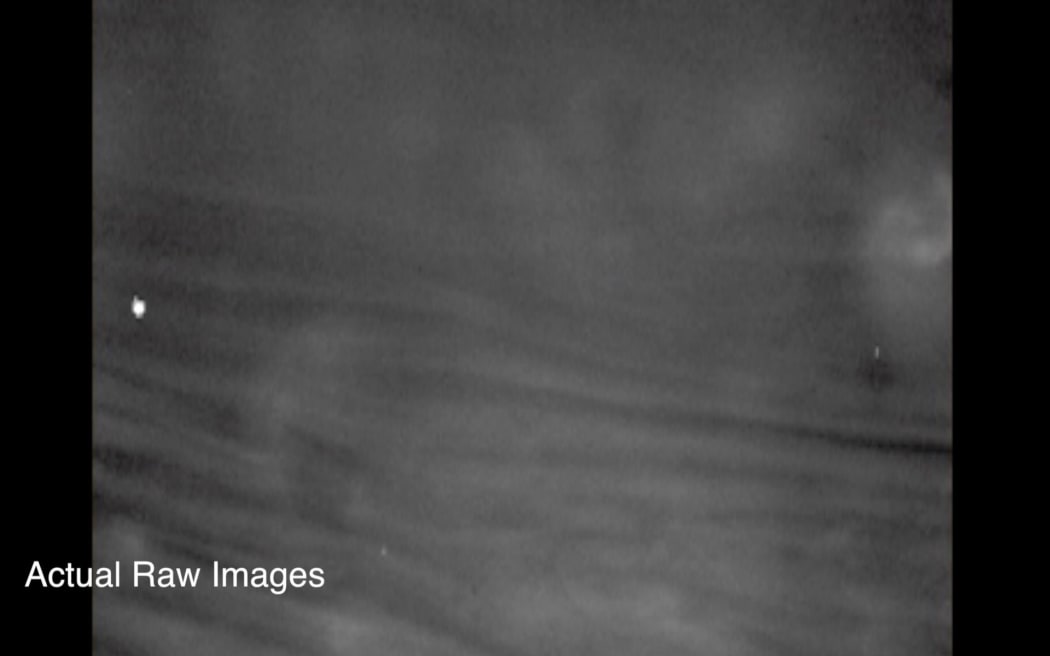
An image taken by NASA's Cassini space probe, the closest pictures ever taken of the gas planet Saturn. Photo: NASA
"You can see detail in Saturn's atmosphere, so little white squiggles - and these are actually eddies and currents in its thick atmos - little clouds drifting by which you wouldn't really expect to see on a massive gas giant like Saturn."
Andrew Coates from University College London said as well as taking more photos, the probe would sample the atmosphere to give scientists a better understanding of the sixth planet from the sun.
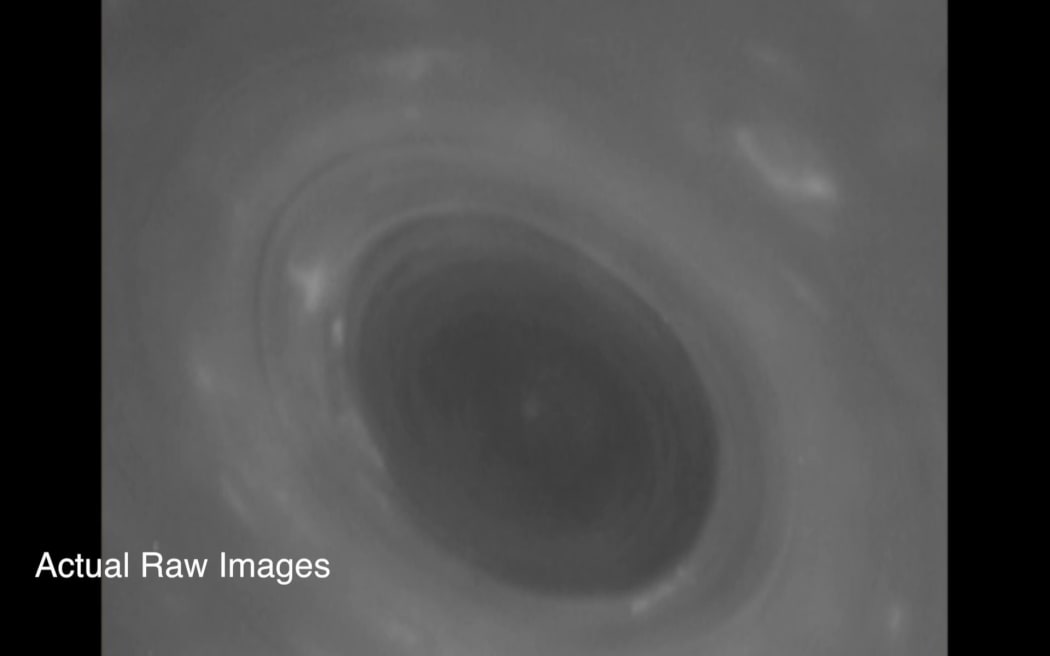
Another image taken by Cassini. Photo: NASA
"I think some the more exciting data is testing what the atmosphere of saturn and what the ring atmosphere is actually like."
"There will be other interesting images as well, so also looking at structures in the rings which are so-called propellers on those little moons - we think - on those rings, which should be possible to see.
"But also looking at these storms and so-on with images.
Cassini will self-destruct in September by plunging into Saturn's atmosphere, concluding its 20-year mission.
